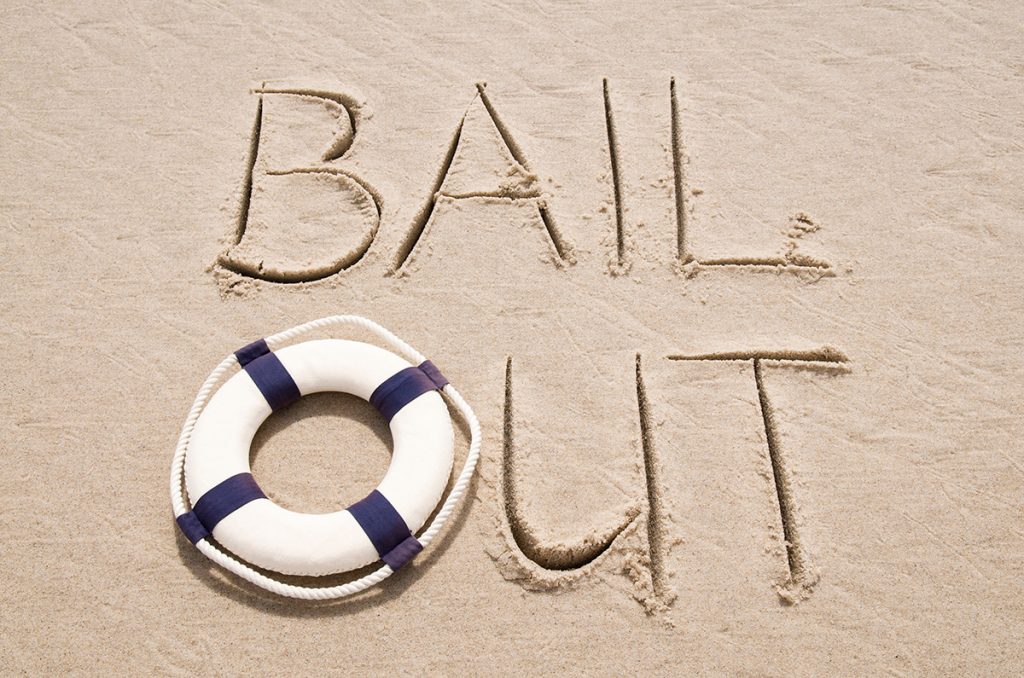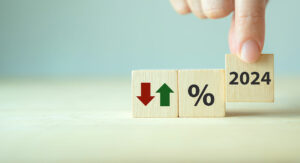Working Capitalism: Can the System Fix Itself?

Whether we are in the midst of a temporary blip in the financial services industry or at the beginning of the Great Banking Crisis of 2023 is something for time and economic historians to decide.
But if journalism is “the first rough draft of history” as Philip Graham said when he was president and publisher of The Washington Post, there is an interesting narrative thread to keep track of: So far – and we’re still in the first chapter – capitalism is working as advertised.
A who’s-who of the systemically important financial powerhouses have stepped in to shore up First Republic Bank in the aftermath of the collapse of Silicon Valley Bank and Signature Bank in the United States. The banks – including Citigroup, Wells Fargo, JP Morgan Chase and Bank of America – along with others – pledged a total of $30 billion in uninsured deposits into First Republic.
The private-side bailout by the 11 banks “reflects their confidence in First Republic and in banks of all sizes and, demonstrates their overall commitment to helping banks serve their customers and communities,” according to a media release from the organizations.
While that may well be true, it wasn’t altruism or being “good corporate citizens” that convinced these big banks to step in. It was a combination of motivated self-interest, strategic calculation and good public relations. Put another way, it is a 21st century example of Scottish economist and moral philosopher Adam Smith’s 18th century idea of the “invisible hand.”
The notion of unseen forces that move a free-market economy was a central thesis of Smith’s “An Inquiry into the Nature and Causes of the Wealth of Nations,” considered one of the fundamental texts of capitalism. The invisible hand – guided by self-interest and self-preservation – is a central tenet of the idea that markets operate best without regulatory interference from government and will inevitably allow those markets to reach a state of equilibrium.
For those large banking organizations putting up billions of dollars to stave off a financial crisis it may be a generous gesture, but it is also an obvious course of action.
A cascading series of bank failures is not only bad for the shareholders and depositors of those institutions, but a threat to the larger financial system. Escalating bank runs, scared customers and nervous investors create the kind of volatility and instability that big corporations seek to avoid at all costs, even multi-billion dollar costs. The fact that it is a good public relations move for the companies is a secondary concern at best.
But that does not diminish the fact that it is an example of capitalism doing what its champions have long claimed in the face of government scrutiny. Free-market idealists argue the law of supply and demand best regulates production, labor and the marketplace, not a central authority. And while there are numerous examples of the invisible hand dropping the economic ball – think Enron, WorldCom and other corporate accounting scandals or the 2008 financial crisis of cheap credit and lax lending standards – sometimes capitalism gets it right.
While we don’t know how this latest disruption in the financial force is going to play out, at least right now the invisible hand is doing what it is supposed to do to stabilize the economy. Let’s just hope it doesn’t end up pulling the rug out from under us all.







